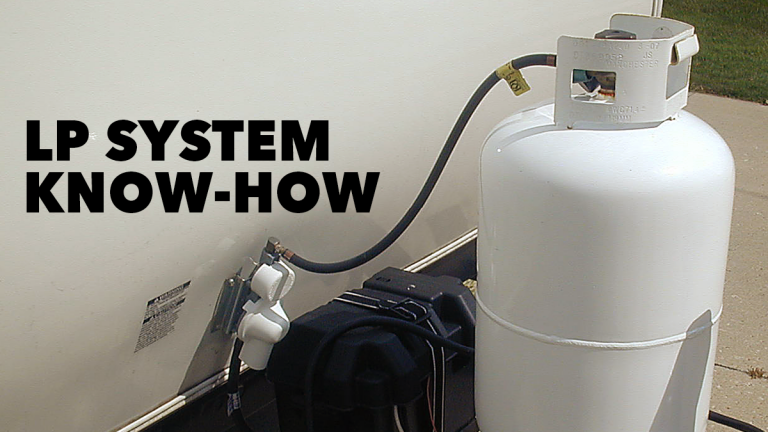
LP System Know-How
$39.99
$8.00
At a Glance:
- In-depth Instruction; over 102 mins
- On-demand video access anytime
- Bonus downloadable PDF resources
- Access to class Q&A
Description
Liquid Propane, or LP, is a very versatile fuel source and the lifeblood of most RV appliances. As an RV owner, it’s important that you understand the fundamentals of how an LP system works.
That knowledge will help you keep your appliances running smoothly and operating your rig in a safe manner along the way.
LP is 270 times more compact as a liquid than as a gas, making it a preferred choice for an RV fuel source as it is more economical to store and transport. In the RV application, trailers use containers known as DOT cylinders, which are upright containers like the type used in residential grills and come in small 20 lb. cylinders up to 40 lb. used in 5th wheel trailers.
Motorhomes typically use ASME tanks permanently mounted to the frame in a vented compartment – however some models recently have been using the DOT cylinders in compartments to make it easier to disconnect and refill without needing to take the motorhome to the propane distributor.
In this class, you’ll learn how LP was discovered in 1910 by a chemist in Pittsburg, how to properly fill an LP container, and how the LP system works in your RV.
In an RV, LP is used as a fuel source for the water heater, refrigerator, stove top, oven, and furnace. LP is stored in the DOT cylinder or ASME tank as a liquid and when the appliance calls for fuel, it turns to a high-pressure gas. The regulator controls the pressure as it exits and reduces it to a safe level for the hoses, valves, and appliances. This pressure is measured as water column pressure, and is typically 11 inches of water column in an RV.
Troubleshooting an LP appliance issue is easy with an understanding of how each appliance works on each mode of operation. Some appliances, like the refrigerator and some water heaters, work with either 120-volt power or LP. If the appliance does not work on the LP mode, verifying the 120-volt operation will help identify the trouble is in the LP operation and not the appliance in general.
In addition to the detailed video instruction you’ll receive, this class provides you with some downloadable resources and helpful information, including: A detailed Class Guide you can follow and use as a reminder for the key points of the class instruction; and five resource documents that will help you with various aspects of safely using LP gas.
Class Sessions
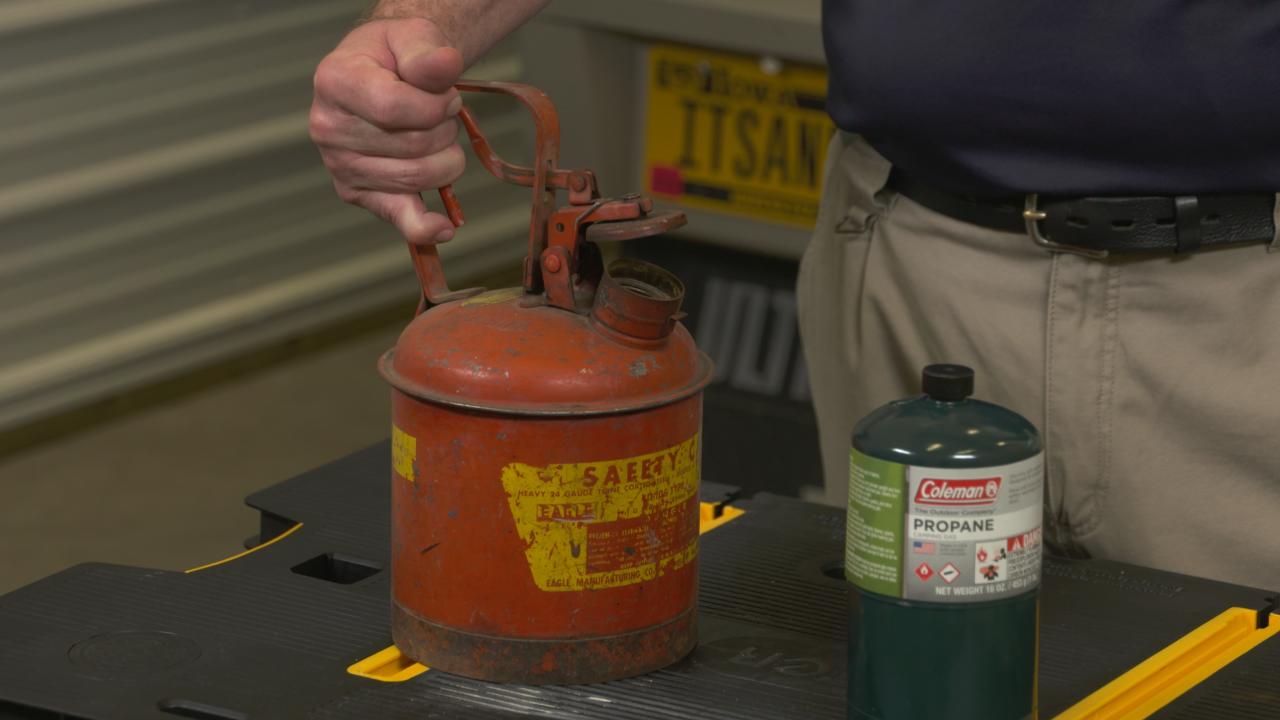


When the container valve is open and an appliance calls for fuel, the liquefied gas turns to vapor and passes through a regulator that adjusts the pressure to the specifications for the hoses, valves, and appliances. Once the valve is open, the LP vapor is available at the line to the appliance.
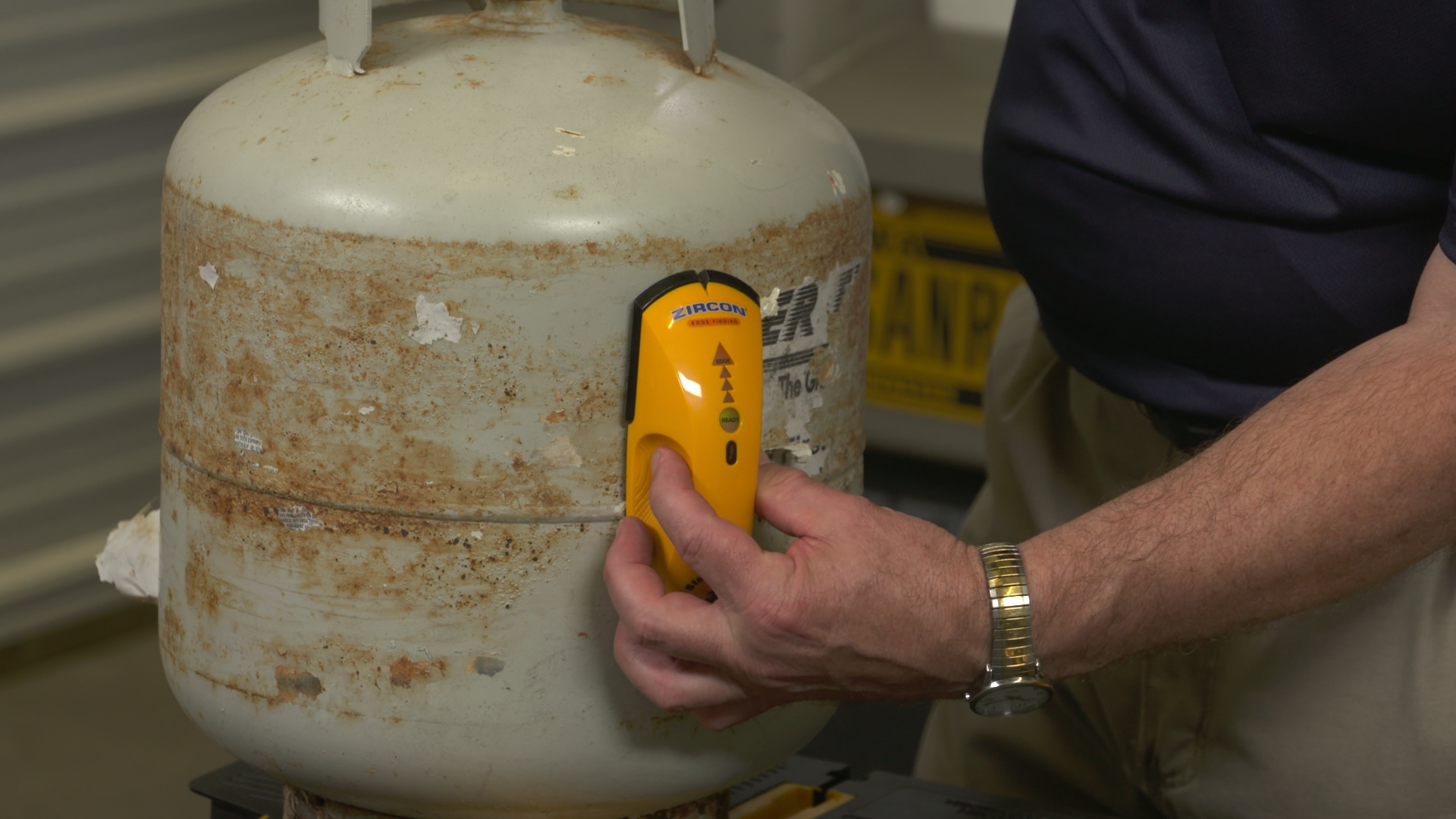
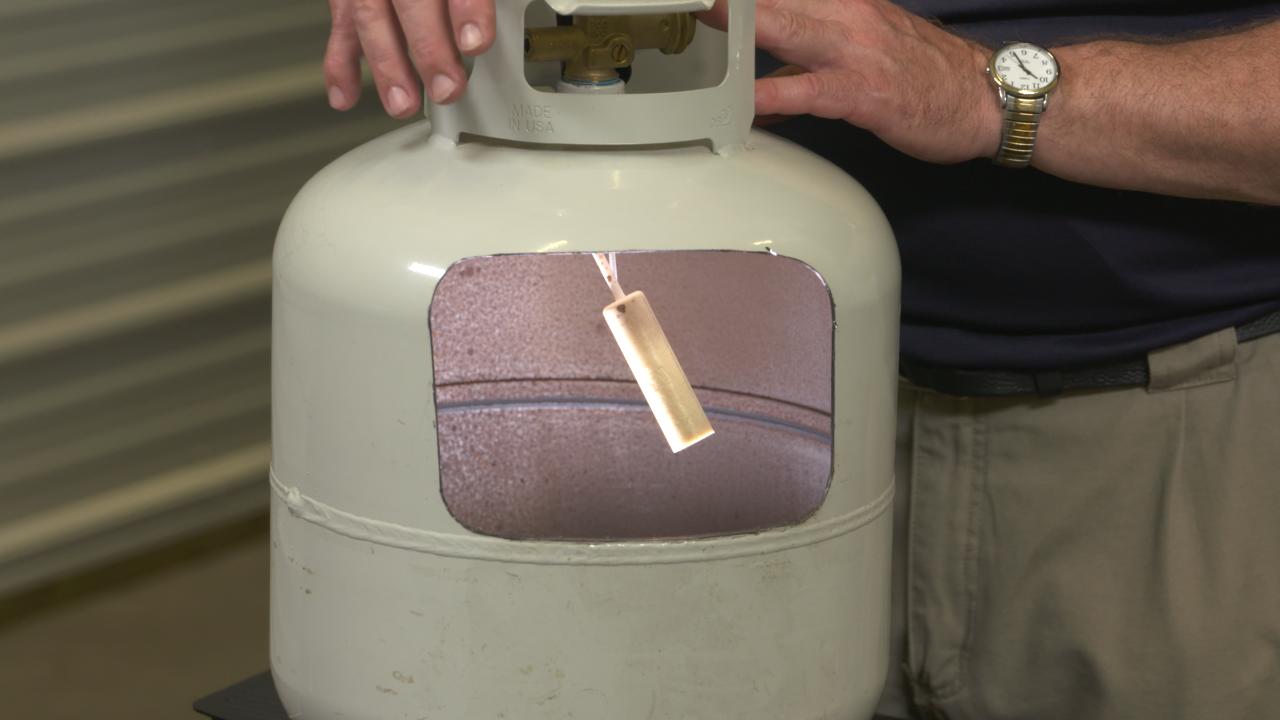
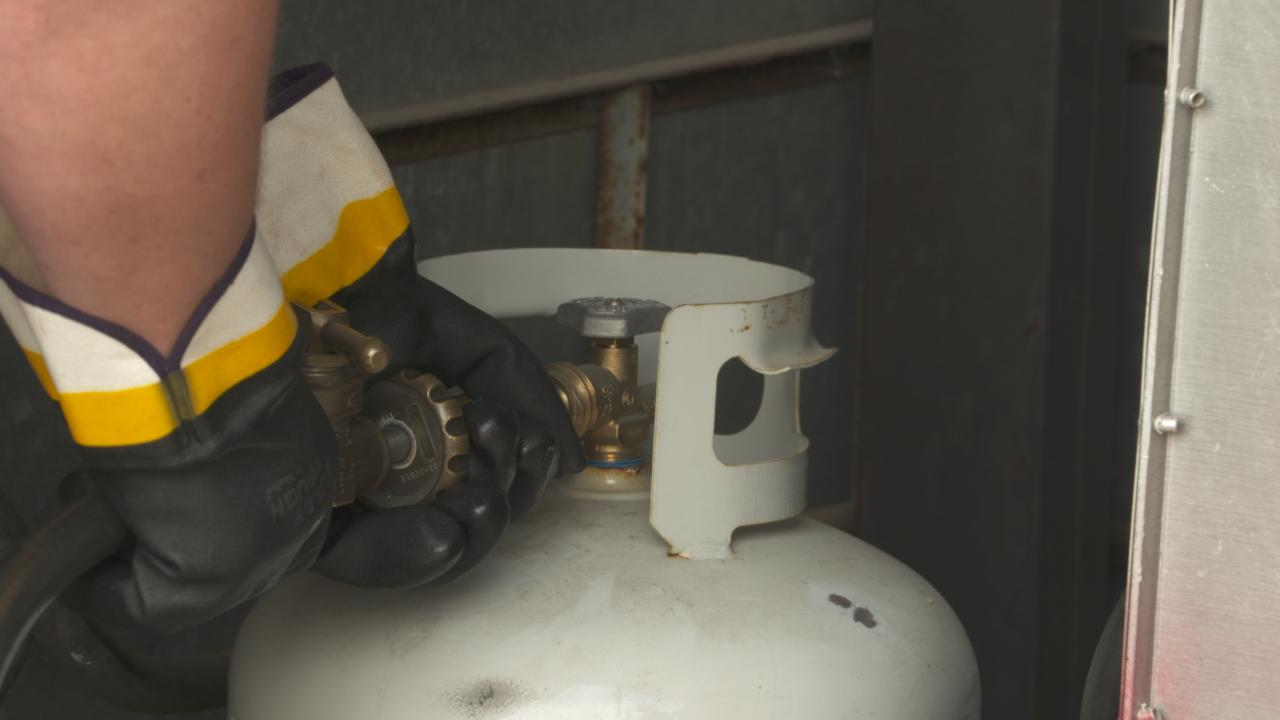
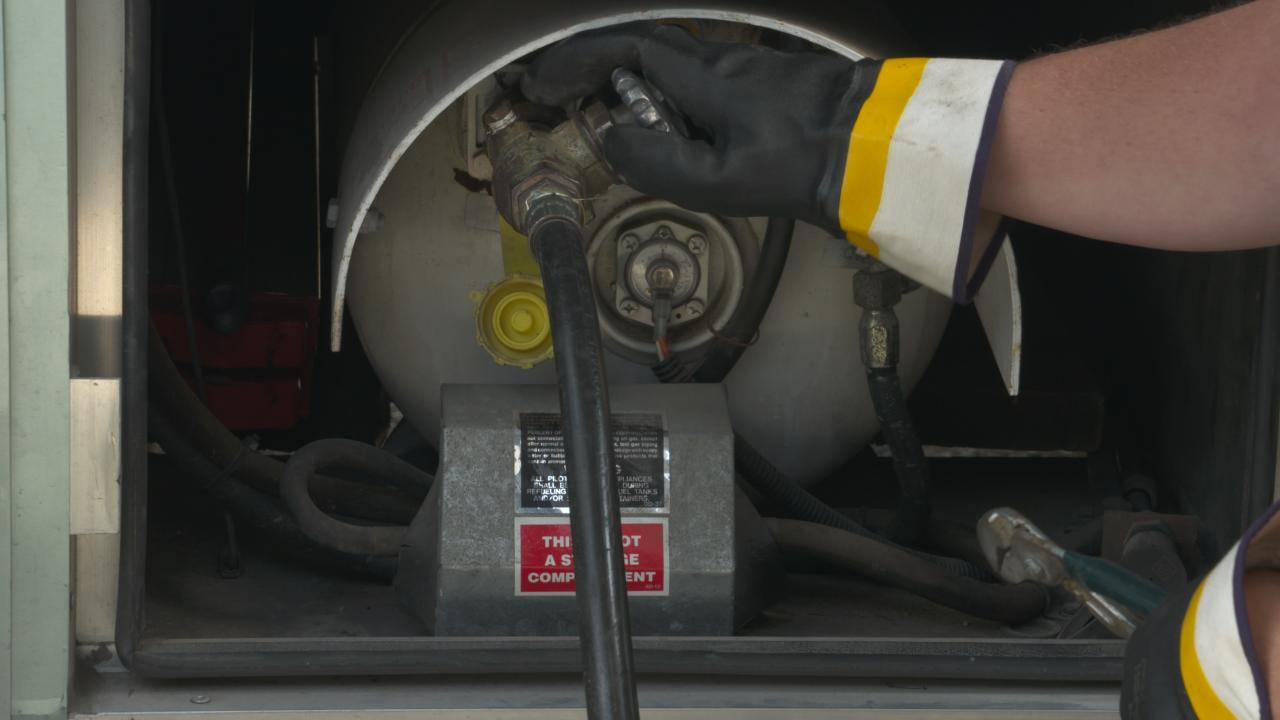

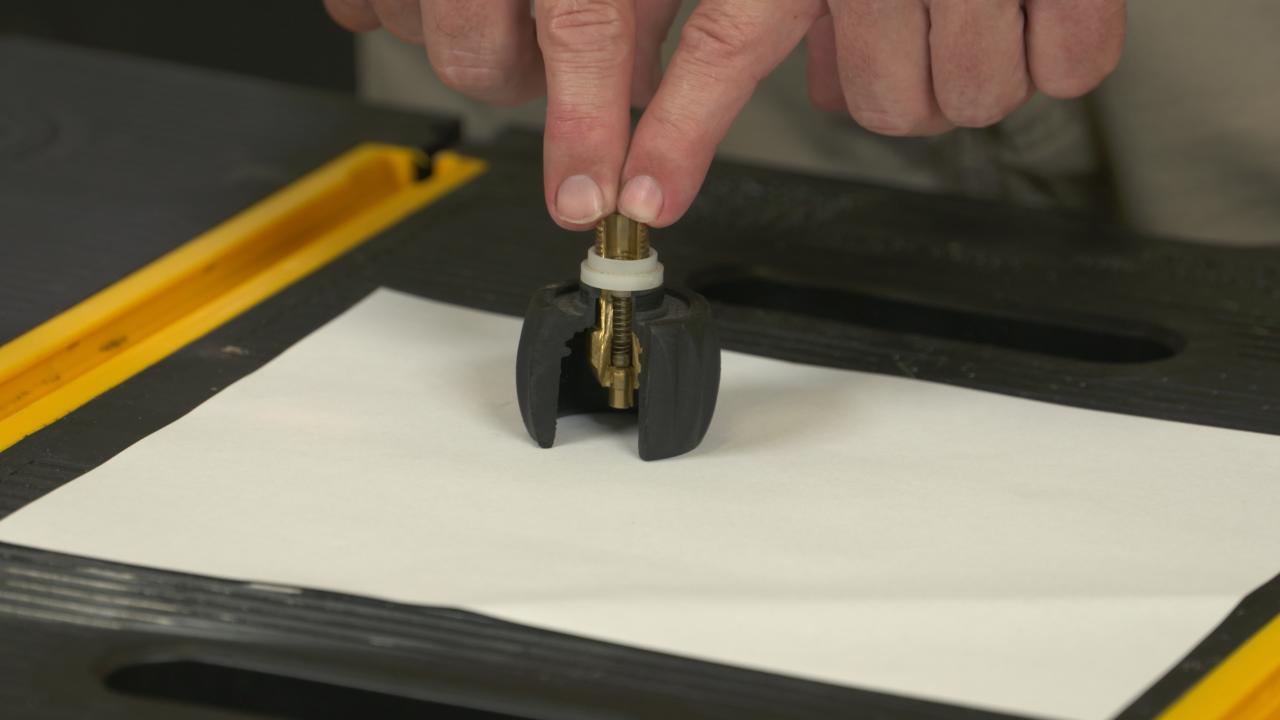
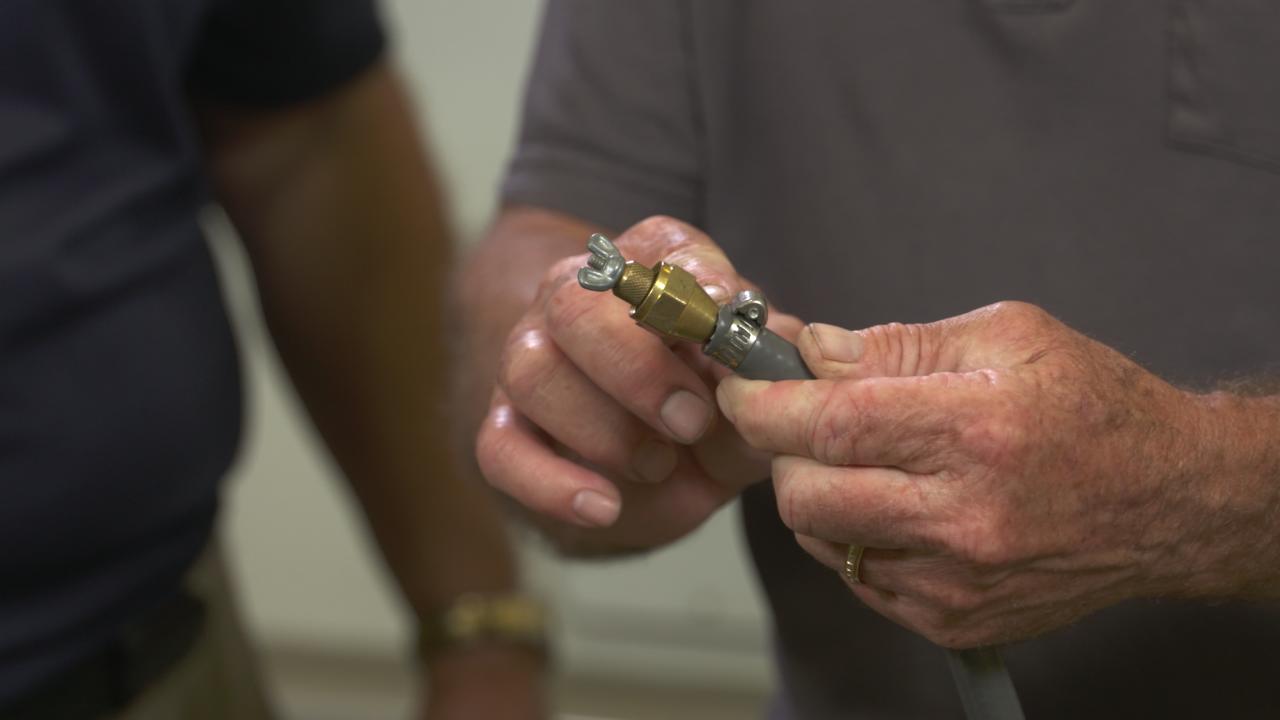
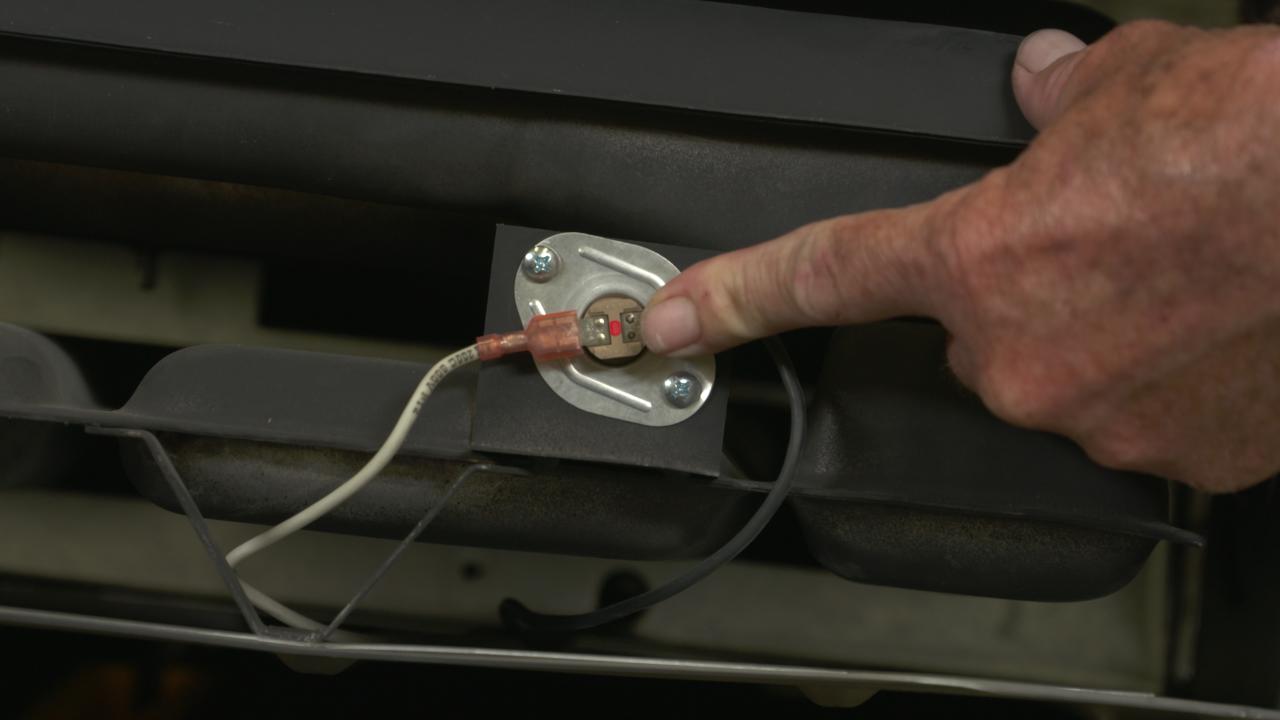
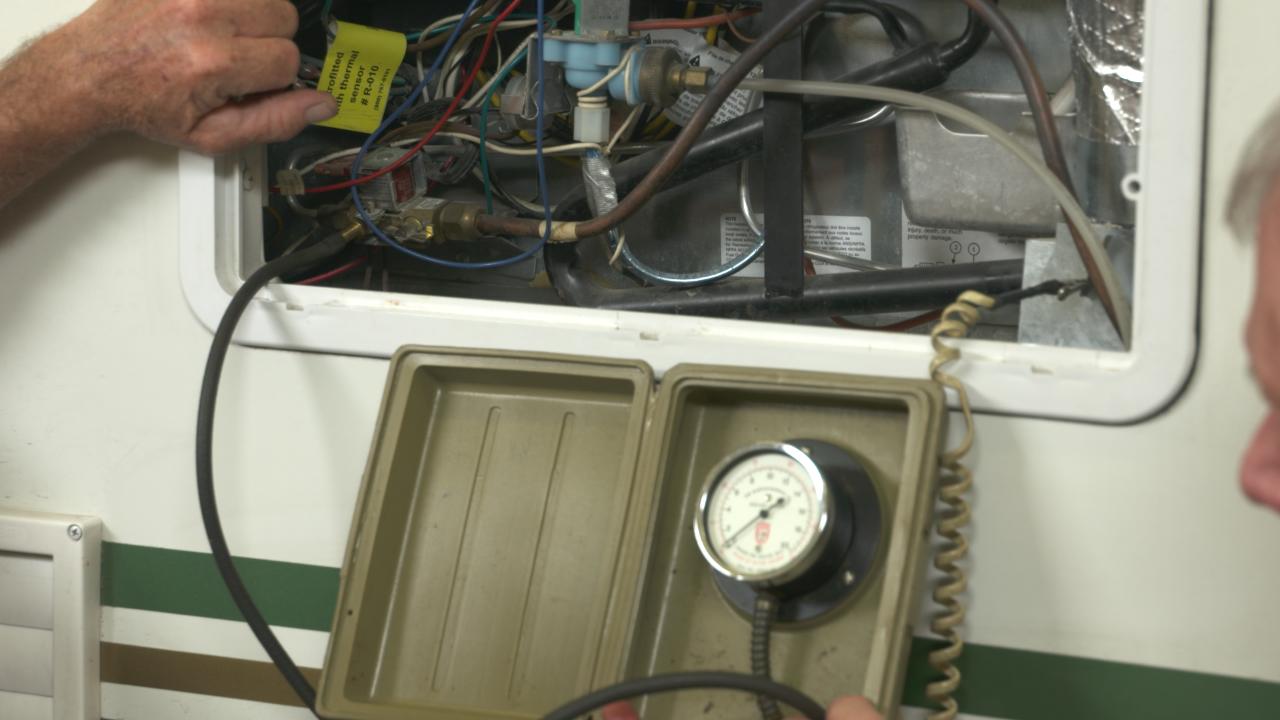
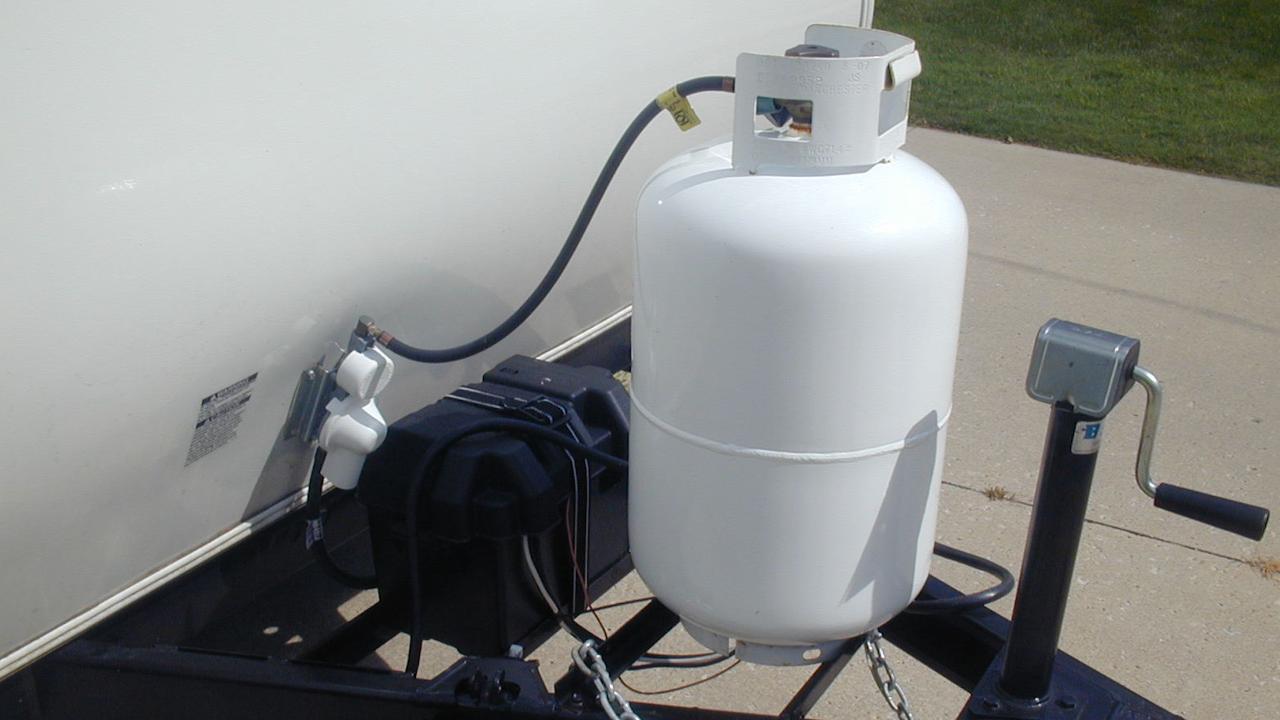
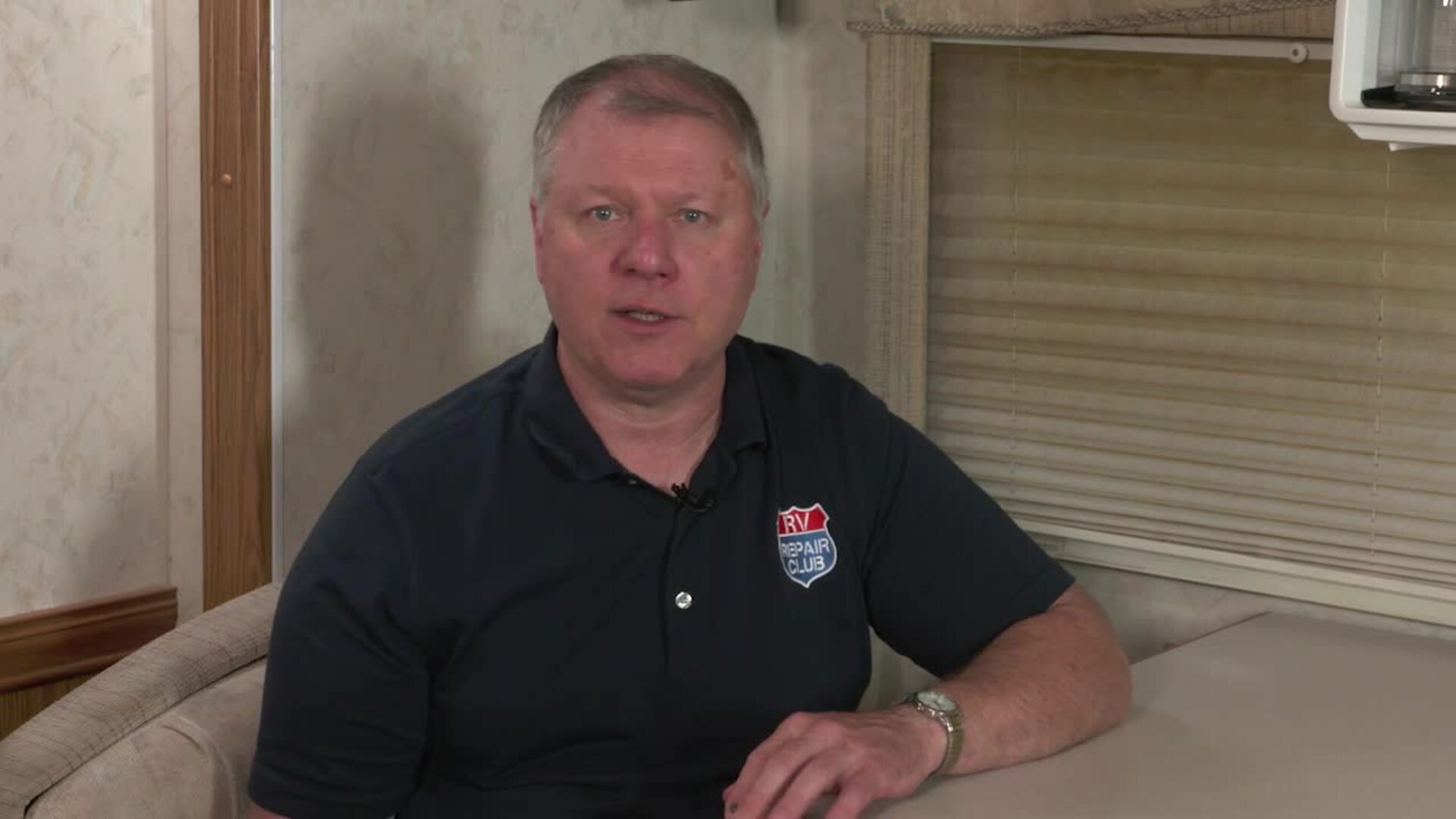
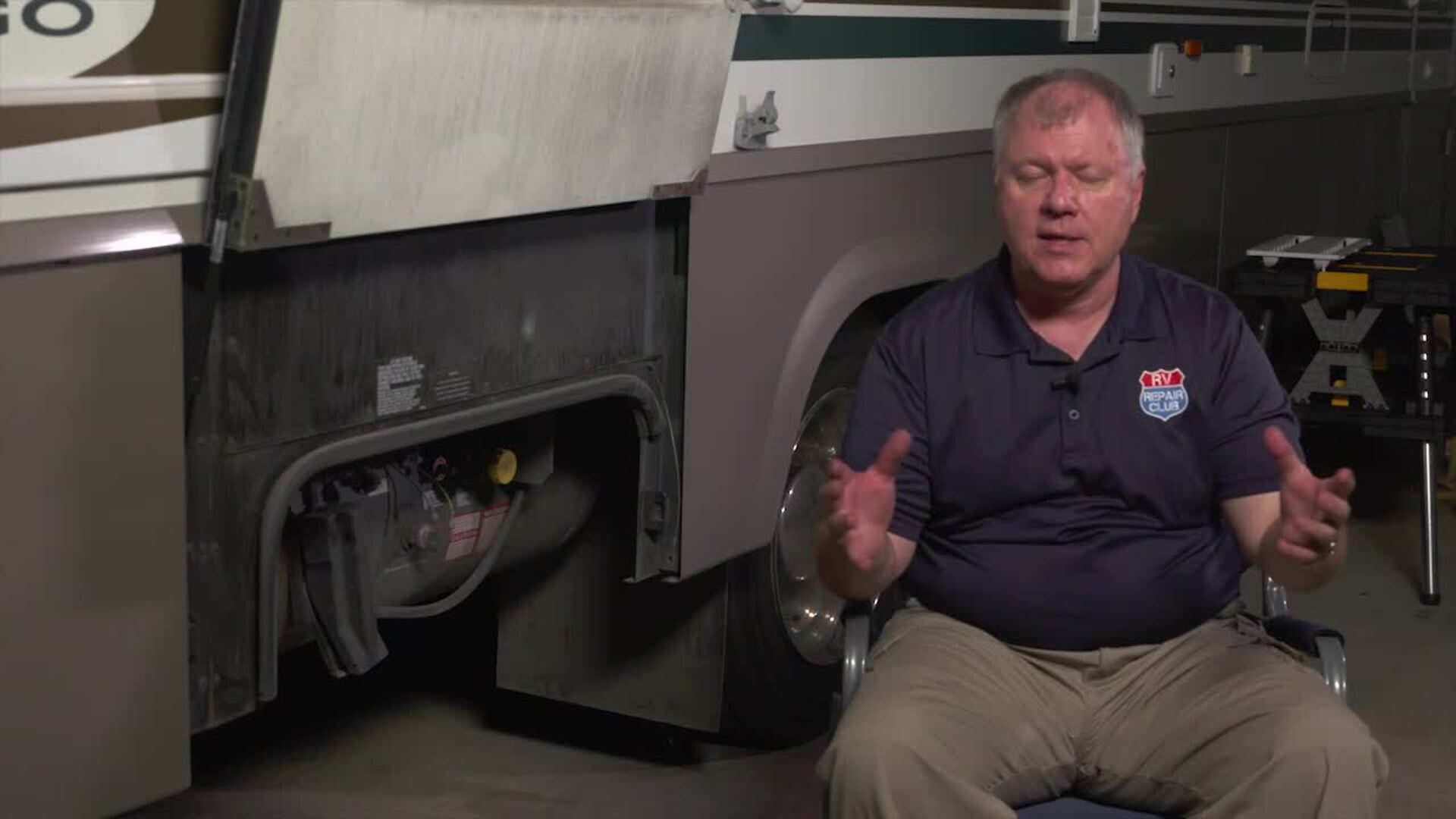
Your Instructor
Dave Solberg
Dave Solberg is the Managing Editor of the RV Repair Club. For over 25 years, Dave has conducted a wide range of RV maintenance and safety seminars, developed dealer and owner training programs, written RV safety and handyman articles, authored an RV handbook reference guide and logged over 100,000 miles on the road in an RV.

Bonus Material
Class Guide PDF
Download this detailed supplement and keep as a reference for the key points of your LP Gas system
General Safety Precautions PDF
Use this printable reminder for some key LP safety tips
If You Smell Propane PDF
Print this short to-do list in the case you do smell propane
Proper DOT Cylinder Filling PDF
Print this sheet as a guide for the proper procedure in filling a DOT cylinder
Overfill Protection Device (OPD) PDF
This short reference sheet gives you a better understanding of an OPD
Troubleshooting an LP Refrigerator PDF
Print this checklist to help diagnose and resolve problems with your LP refrigerator
Bonus Materials available for download after purchase.
